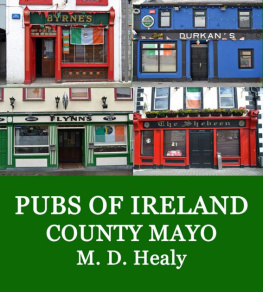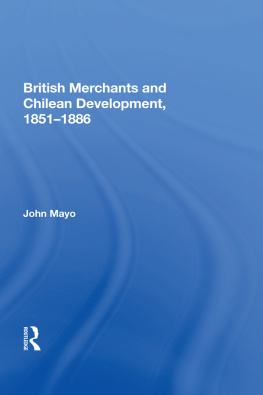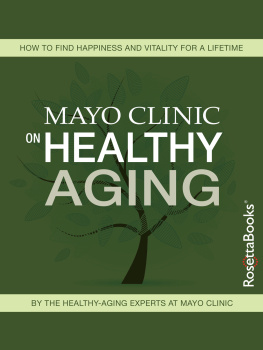UPROOTED :
BRACEROS
IN THE H ERMANOS M AYO L ENS
B Y J OHN M RAZ AND J AIME V LEZ S TOREY

Recovering the past, creating the future
Arte Pblico Press
University of Houston
Houston, Texas 77204-2090
Mraz, John.
Uprooted: braceros in the hermanos Mayo lens / by John Mraz and Jaime Vlez Storey.
p. cm.
ISBN 1-55885-167-4 (cloth:alk. paper).
ISBN 1-55885-178-X (paper:alk. paper)
1. PhotojournalismMexicoHistory20th century. 2. Foto Hermanos Mayo. 3. Alien labor, Mexican
United StatesHistory20th century. 4. Alien labor, MexicanUnited StatedHistory20th century
Pictorial works. I. Vlez Storey, Jaime. II. Title.
TR820.M85 1996
779.93055620896872073dc20
96-12337
CIP
Earlier versions of John Mrazs essay appeared in the exhibit catalogue,
Foto Hnos MAYO, of the IVAM (Instituto Valenciano de Arte Moderno, 1992)
and in History of Photography (17:1, Spring, 1993).
Thanks to the Archivo General de la Nacin
which holds the depository of Fondo Hermanos Mayo.
This publication may not be reproduced in whole or in part
without express permission from Arte Pblico Press of the University of Houston.
The paper used in this publication meets the requirements of
the American National Standard for Permanence of Paper for Printed Library Materials Z39.48-1984
Copyright 1996 by Arte Pblico Press
Printed in the United States
Contents
INTRODUCTION
U PROOTED : B RACEROS IN THE H ERMANOS M AYO L ENS
by John Mraz and Jaime Vlez Storey

T his is a book of intertwined threads: we want to say something about one group of emigrants by showing it in the images of another. In part, it is a history of the braceros, Mexican workers who were legally contracted to labor in the United States of America during and after the Second World War. But it is a history told largely through photographs taken by other emigrants, who had to leave their country of origin for very different reasons: the Hermanos Mayo (Brothers of May Day), Spanish Republican refugees who formed what became the most prolific collective of photojournalists in the history of Latin America. We propose, then, to recount a history of the braceros and at the same time examine the source through which we are telling this story, the photographs of the Hermanos Mayo.
photo 1
Aspirantes in front of the Secretariat of Labor, Mexico City, 1942.
photo 2
Aspirantes at La Ciudadela, c. 1945.
This work is a peculiar mix of social, cultural, and visual history. The photos give a human face to sociological data and statistics, showing people who actually experienced the events which historians usually research and reconstruct through written documents. However, these images can also inform us about some of the broader social patterns of the Bracero Program, which lasted from 1942 to 1964. For example, we become immediately aware of changes over time when we compare photos of the initial groups of candidates to be contracted, or hooked (enganchados), with those of the candidates some years after. In the ), though, lines of campesinos in their traditional country garb predominate. The difference of dress in these photos make it clear that an important transformation in the social class and area of origin had taken place within a relatively few years.
photo 3
Women food vendors, La Ciudadela, c. 1945.
The photographs also attest to the presence of women in a story which has almost always been toldas is habitual in history writingfrom an androcentric perspective, giving priority to the experiences of men (
photo 4
Scene with aspirantes and woman seller of fruit waters, La Ciudadela, c. 1945.
Another element of the social world which is often absent from historyabove all, from official historiesis the struggles of the underdogs (los de abajo, authorities demonstrate the existence of the small but tenacious and recurrent struggles for the elemental right to work.
photo 5
Lines of aspirantes and woman water vendor, La Ciudadela, c. 1945.
As a cultural history, this work deals with the Hermanos Mayos place in the development of Mexican photojournalism, and their importance for the graphic telling of that countrys history since 1940. Foto Hnos. Mayo is a collective of five brothers who fought in the Spanish Civil War and came to Mexico as refugees in 1939. Part of the story told here is an analysis of the forms they use to present the events they witness: the way they see things and how they reproduce that vision photographically. Obviously, there is a close relationship between the personal history of this collective and its way of perceiving and portraying reality. We are provided with yet another turn of the screw in considering their images of a people with whom they share the experience of being uprooted.
But perhaps more than anything else, this book represents an attempt to explore the possibilities of visual history, guided by what we understand to be the method of that emerging discipline. The process of understanding and reconstructing the history we here recount has followed, to a certain degree, a dialectical path: our knowledge of the braceros and some of the questions we ask about them has been informed by viewing photographs and, at the same time, we have selected photos and constructed explanations for them based on oral and written histories of the braceros. Rather than a monologue, this work is a juxtaposition of three different but interrelated perspectives: the photos of the Mayo collective, an essay on them, and an article about the history of the Bracero Program and its protagonists. In the relationship of these three discourses resides what truth there is in this book.
photo 6
Buenavista railroad station, c. 1945.
We have selected seventy photos of the almost 400 on braceros which are found in the Hermanos Mayo archive. These 400 constitute a miniscule part (.00008) of some five million negatives which make up the Mayo archive. While this might indicate that the braceros were not a priority of the Mayo collective, it is important to remember that 99% of the Mayo images were taken as a result of work orders to cover certain events, illustrate feature stories, or develop photo-essays. Thus, if their labor as graphic reporters allowed them to accumulate a staggering number of negatives, it also limited them to specific topics. Nonetheless, one imagines that they took a perspective particularly sui generis to the task of photographing the braceros.


















